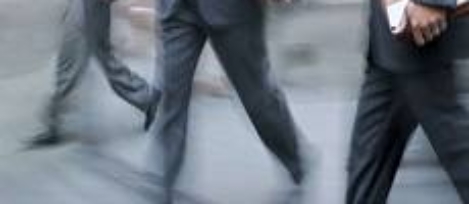May 11, 2016
Work is most common cause of stress, anxiety and depression 0
 Work pressures are the most common cause of stress in this country, with over a third (34 percent) of people in a poll saying it has contributed to mental health problems; while 20 percent say juggling a work/life balance also plays a major role in causing stress. Research from Aviva ahead of Mental Health Awareness Week (16-22 May) found that 12 million UK adults suffering from stress, anxiety or depression in the past year did not seek help, with many too embarrassed to do so. Stress (33 percent), anxiety (29 percent) and depression (23 percent) are the most common mental health conditions experienced in the past year, but of those who experienced stress, 55 percent did not seek support, while 48 percent did not seek help for anxiety. More people are taking action on depression, but around three in ten (29 percent) of those suffering with this in the last year still did not ask for support.
Work pressures are the most common cause of stress in this country, with over a third (34 percent) of people in a poll saying it has contributed to mental health problems; while 20 percent say juggling a work/life balance also plays a major role in causing stress. Research from Aviva ahead of Mental Health Awareness Week (16-22 May) found that 12 million UK adults suffering from stress, anxiety or depression in the past year did not seek help, with many too embarrassed to do so. Stress (33 percent), anxiety (29 percent) and depression (23 percent) are the most common mental health conditions experienced in the past year, but of those who experienced stress, 55 percent did not seek support, while 48 percent did not seek help for anxiety. More people are taking action on depression, but around three in ten (29 percent) of those suffering with this in the last year still did not ask for support.


































May 12, 2016
Third of those with mental ill health don’t tell anyone at work 0
by Sara Bean • Comment, News, Wellbeing, Workplace
(more…)